Have you heard of self-driving vehicles before? I find the concept of this new technology fascinating, with its numerous cameras, artificial intelligence, sensors, and radars.
When I first heard the term “driverless car”, I immediately thought of a toy, but the fact that the car I’m talking about is a vehicle that people can ride is a mind-blowing concept. If you’re like me and are fascinated with self-driving cars, this article will help us both understand how they operate.
Here, I’ll explain what these self-driving vehicles are, how they work, and other technical details that everyone should be aware of before riding or owning one.
- Driverless Cars
- Technologies Behind the Driverless Car
- Levels of Driving Automation
- How Driverless Car Works
- The Law Regarding Driverless Cars
- Leading Driverless Car Programs
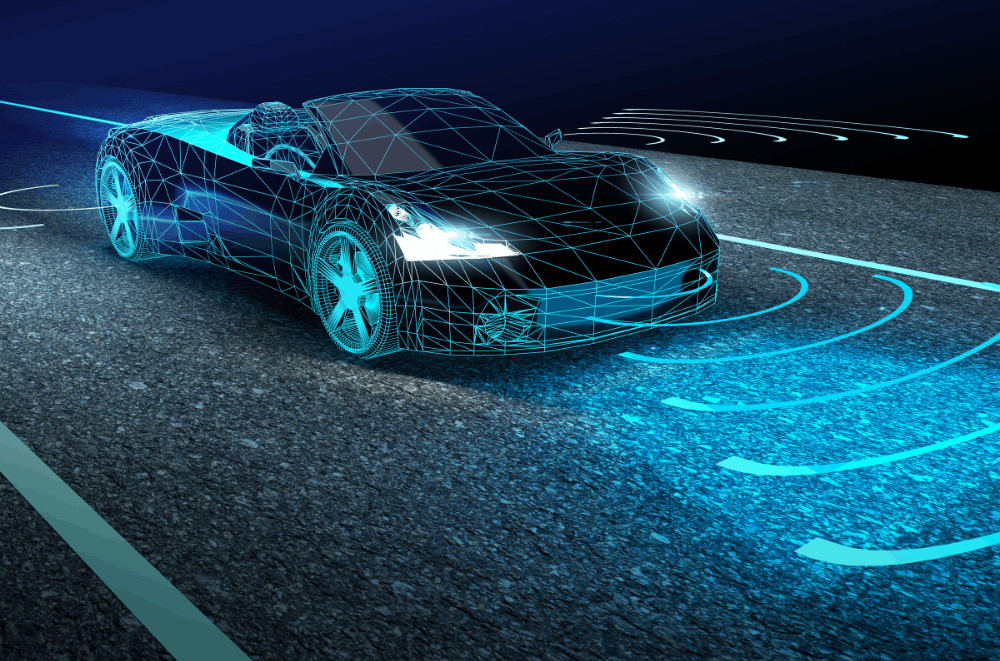
Driverless Cars
A driverless car is a vehicle that can perceive its surroundings and function and execute required duties without the need for human involvement.
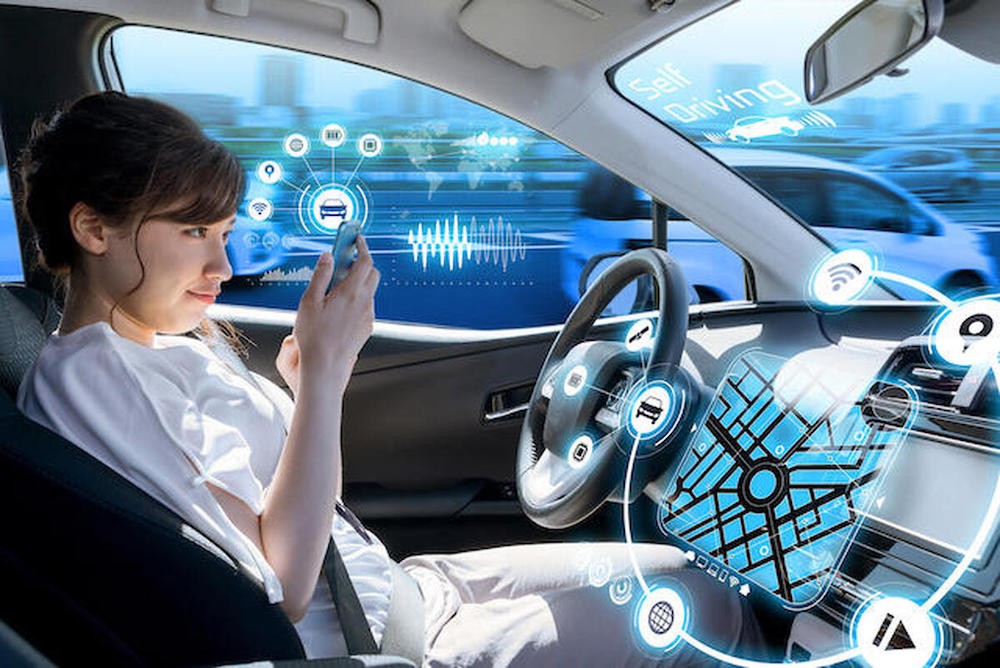
It employs a completely automated driving system to allow the vehicle to respond to environmental situations that would normally be handled by a human driver.
Self-driving cars use different sensors, such as GPS, radar, Lidar, and inertial measurement units to detect their surroundings. Sensory data is interpreted by different programs to determine optimal navigation pathways and pertinent signs.
Driverless cars must go to a preset area, that hasn’t been modified, and without any intervention from a human, before they can be considered completely driverless. Audi, BMW, Google, General Motors, Tesla, Volkswagen, and Volvo are among the companies developing and testing autonomous vehicles.
Technologies Behind the Driverless Car
Self-driving cars have distinct features from other vehicles, so if you’re like me who has an affinity for new technological cars, then this is something that you might be interested in. Because of these features, autonomous cars can be more transformational and adaptable to changes.
Based on what I have gathered, the designers of self-driving cars must develop control systems that can analyze sensory input and offer precise detection of other vehicles and the road ahead.
Homogenization and decoupling technologies are also used in self-driving automobiles.
Levels of Driving Automation
There are six distinct degrees of automation, and as the levels progress, the driverless car’s autonomy in terms of operation control grows. The automobile has no control over its functioning at level 0, and if I’m the driver, I’m in charge of all the driving. The vehicle’s ADAS, or advanced driver assistance systems, are at level 1.
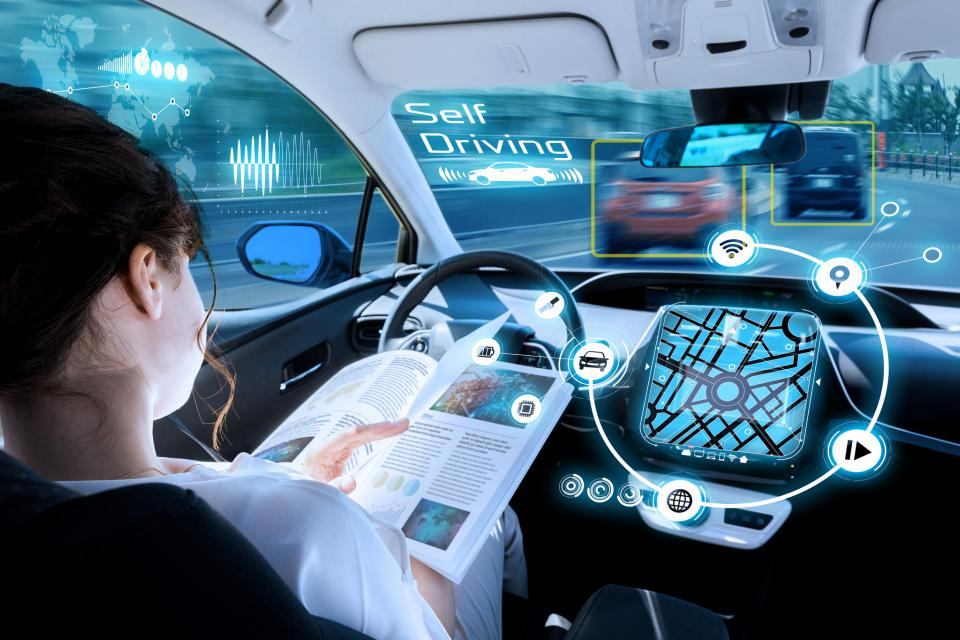
In some circumstances, the ADAS can handle steering, acceleration, and stopping at level 2, but the human driver must maintain total attention to the driving environment during the voyage while also completing the other responsibilities.
In some circumstances, the ADAS can undertake all aspects of the driving duty at level 3, but as the driver, I must be able to restore control when the ADAS requests it. In all of the other cases, human drivers have to be in control and make decisions.
In some circumstances where my attention is not required, the vehicle’s ADAS can execute all driving duties autonomously at level 4. Finally, level 5 entails complete automation, in which the vehicle’s ADAS is capable of performing all duties in all situations and the driver’s help is unnecessary.
Challenges that Self-Driving Cars Face
In the future, computers will be able to perform many of the tasks that humans currently perform. With the growth of automated systems in the workforce, jobs may be displaced by self-driving automobiles. In some industries, autonomous vehicles might eliminate the need for human drivers.
Liability for incidents involving a self-driving automobile is also a significant concern. If a self-driving car causes significant injury to me, it’s unclear who is to blame.
Even more difficult is the circumstance in which a self-driving car is thrust into a position owing to another driver’s fault or severe weather, and the computer must select between two possible mishaps. In those circumstances, programming is fraught with ethical and legal quandaries.
How Driverless Cars Work
According to developers, the heart of driverless cars is the artificial technologies installed in every unit. The developers employ a massive quantity of information, such as photo recognition programs, neural networks, and learning machines. They do these to set up every unit and let each car drive itself.
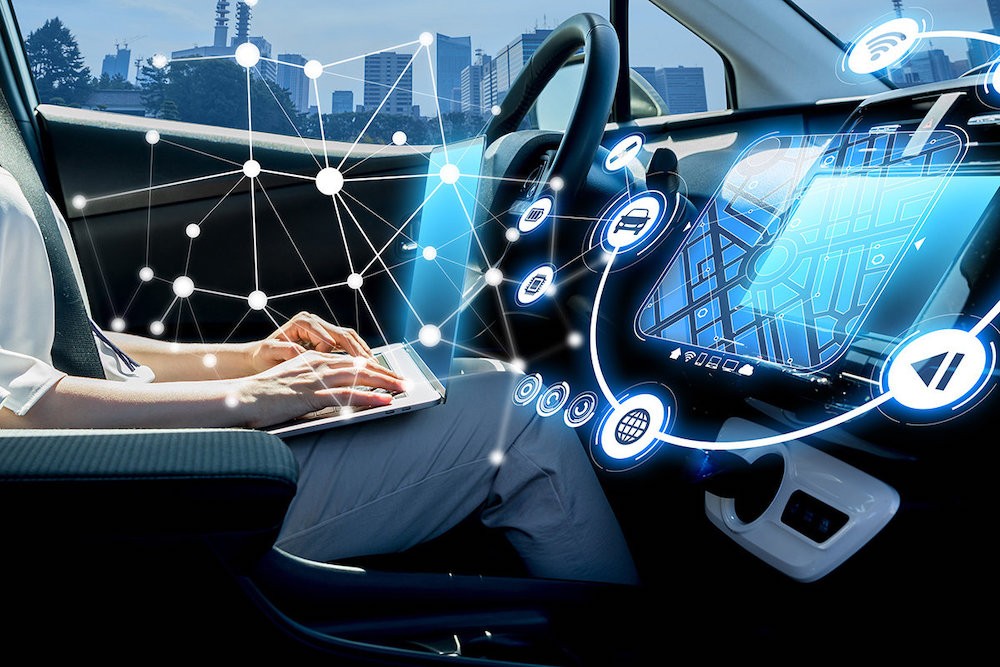
The data is supplied to machine-learning algorithms via neural networks, which discover patterns. The images taken from cameras on self-driving cars are utilized to teach the algorithm to identify things such as trees and bushes, curbs, street signs and traffic signals, pedestrians, bikers, and more.
For instance, Google’s Waymo self-driving car project integrates data from sensors, Lidar, and cameras to recognize everything in the vicinity of the vehicle and anticipate what those things will do next in fractions of a second.
For these systems, maturity is crucial. The more a system drives, the more information it can feed into its intelligent systems, allowing it to make more precise driving decisions.
The Pros and Cons of Driverless Cars
The primary benefit claimed by proponents of driverless vehicles is safety. According to a statistical prediction from the US Department of Transportation and the National Highway Traffic Safety Administration, 37,150 persons died in motor vehicle traffic incidents in 2017.
The economic benefits of driverless automobiles might be huge if they can dramatically reduce the number of crashes. According to the National Highway Traffic Safety Administration, injuries cost the economy $57.6 billion in missed working productivity and $594 billion in lost life and reduced quality of life.
One of the drawbacks of self-driving technology is that riding in a car without a person behind the wheel may be unsettling at first. However, as self-driving vehicles grow more prevalent, humans should still act as backup drivers in the event of software or mechanical problems.
The Law Regarding Driverless Cars
While the U.S. Department of Transportation and the National Highway Traffic Safety Administration (NHTSA) update their driverless car rules on a regular basis, individual states are already enacting legislation. But, based on my research, they disagree on fundamentals such as what constitutes a “vehicle operator.”
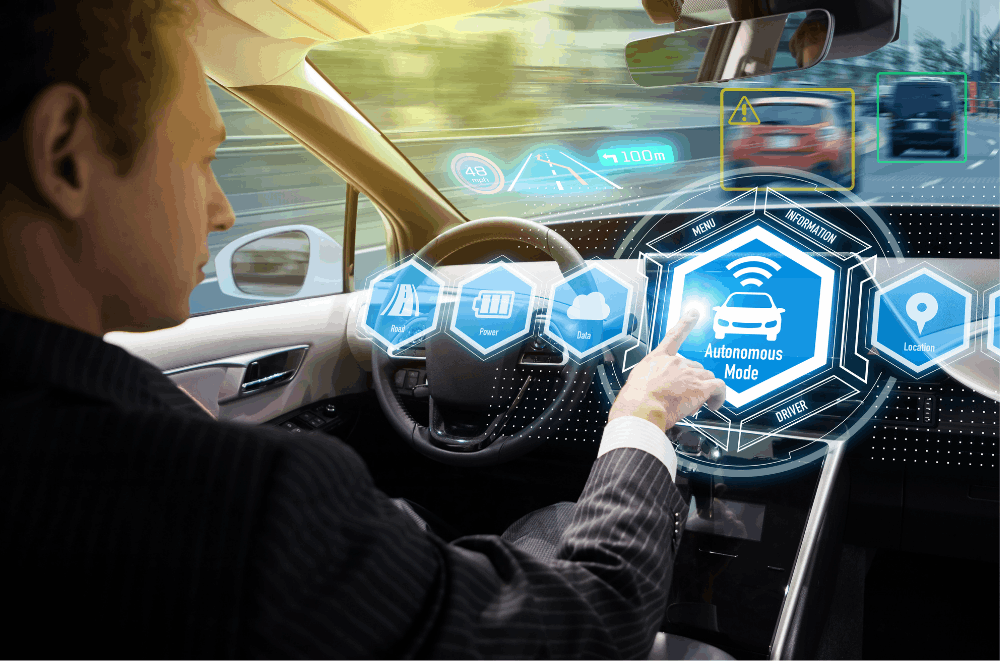
The driverless system is mentioned in Tennessee Senate Bill 151, whereas Texas Senate Bill 2205 mentions a “natural person” sitting in the car. Meanwhile, Georgia SB 219 defines the administrator as the individual who activates the ADAS, which may occur remotely in a fleet of vehicles.
These disparities will have an impact on how governments license both human and driverless cars in the future. Many other state statutes call for research on self-driving cars, but no states have yet released their findings.
North Dakota, more than any other state, has examined what will happen to the data generated by self-driving cars. SB 2012, which was signed into law in 2017, directs the state Department of Transportation to investigate “the data or information saved or acquired by the usage of those vehicles.”
Self-Driving Car Safety Considerations
Driverless cars must recognize a variety of things along their route, ranging from shrubs and trash to humans and animals. Roads that conflict with GPS, building projects that necessitate lane changes, and difficult judgments such as where to stop to allow emergency traffic to pass, are all obstacles on the road.
The systems must make split-second judgments on when to slow down, swerve, or maintain regular acceleration. Self-driving cars have been reported pausing and swerving needlessly when objects are spotted on or near the roads, which is a continuing issue for engineers.
This issue was highlighted in a tragic accident involving an Uber-operated autonomous car in March 2018. The vehicle’s algorithms detected a pedestrian but judged it a false positive and failed to stop suddenly hitting her, according to the company involved.
Leading Driverless Car Programs
According to my research, there are two key data points that may be used to assess how far a self-driving car program has progressed. One is the distance it has traveled. This is a proxy for the company’s training data and the amount of money it has put into putting its cars on the road.
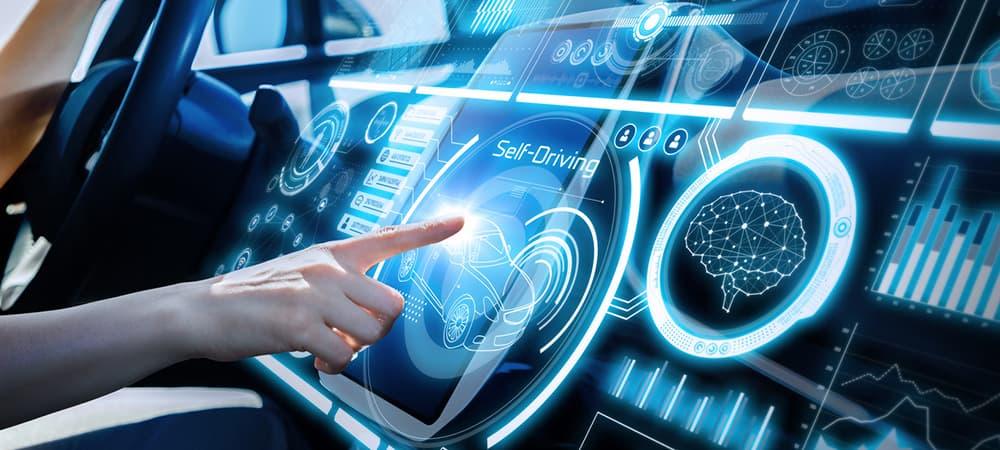
The other one is disengagements per passenger mile, which are times when a human driver must take control because the computer is unable to manage a problem. The majority of companies do not publish this information, but California demands that it be disclosed.
Waymo recently revealed a total of 20 million miles traveled, the majority of which were not in California. Waymo traveled 1.2 million miles in California in 2018, with an average of 0.09 disengagements per 1,000 miles. With almost half a million kilometers and 0.19 disengagements per 1,000 miles, General Motors’ Cruise comes in second.
In the state of California, those two businesses are far ahead of the competition in terms of miles traveled and disengagements. While this is only a small sample of their work, most experts believe them to be the most effective programs in general.
Conclusion
To summarize, self-driving vehicles may seem fantastic, but depending on available resources, this new technology may have quite a ways to go when it comes to safety on the roads.